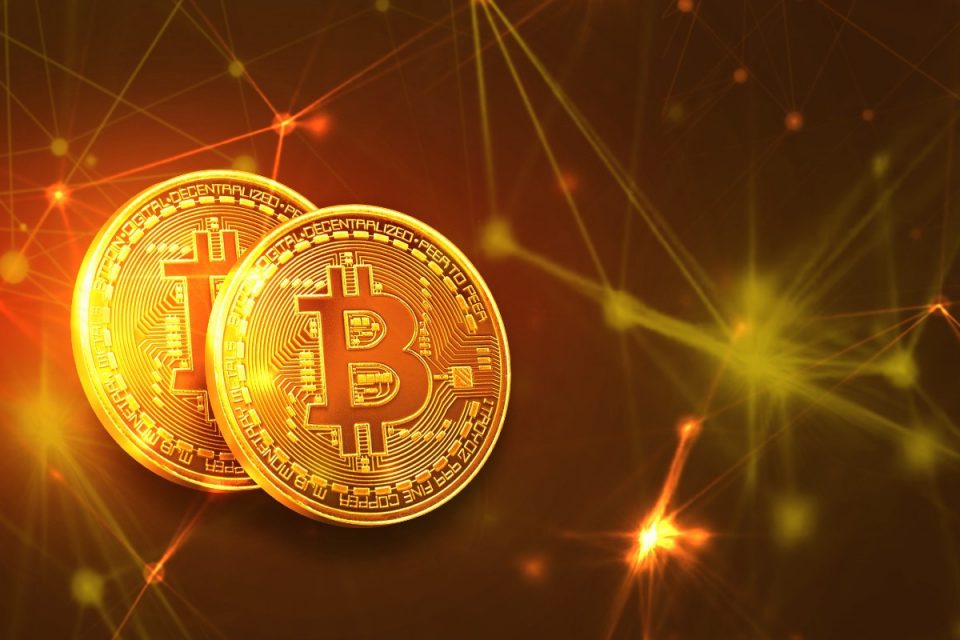#CryptoExplained: How Blockchain Is Changing The World
Distributed ledger technology (DLT) is the broader term for the tech that makes crypto work
What is the cost of trust? We don’t usually think about how much we pay for trust but we clearly place a high value on it. Usually, this value becomes apparent when the trust is broken or lost. And that’s exactly what happened in 2008 when we realized that the people we trusted with the world’s financial health were asleep at the wheel. We realized that we were paying mere mortals godly sums of money simply for providing trust. And that’s why crypto is such a big deal. For the first time in human history, we can engineer machines to provide trust as a service. We no longer have to rely on fallible humans, and that makes trust more accessible.
Distributed ledger technology (DLT) is the broader term for the tech that makes crypto work. It’s a complex system of rewards and punishments that incentivizes millions of anonymous computers around the world to be trustworthy. This is why Bitcoin has no individual or a corporation behind it. And yes, this is complex to understand but so is the current financial system. Unlike the financial system, however, DLT is far more transparent and that allows fraud to be detected much more easily.
So what happens when you lower the cost of trust? The first beneficiaries are the makers and the creators of value. They now lose less to layers of exploitative middlemen. This is already apparent in the remittance business where crypto can be used to send hard-earned money across borders in a way that’s far cheaper and secure. So hard-working men and women around the world lose less of their hard-earned money to intermediaries like Western Union.
NFTs are another great example of what happens when you lower the cost of trust. At the crux of it, DLT enables provable ownership of digital assets like NFTs without a middleman. Artists and other creatives can directly transfer ownership of their work to customers without a trusted intermediary like a record company, lawyer, or auction house. In the case of NFTs, the traditional middlemen who verify the ownership and facilitate the legal transfer of an asset are replaced by a trusted DLT-based system like Ethereum. So makers of digital assets like digital art, music, or video keep more of the proceeds of the sale and can market it to anyone with an internet connection.
When you take out the middleman and give more value to creators, wonderful things happen. People are more incentivized to create instead of becoming middlemen. I recall so many engineers throughout my career wanting to switch to finance because the pay was so much higher. However, the pay for finance is high simply because most finance folks generally act as middlemen in the transfer of value. If we replace these middlemen with DLT, then more of the value can go to engineers and scientists who work on solving difficult problems that will make life better for all of us. This means we can engineer systems that reward people for reducing carbon emissions or for helping make us a multi-planetary species; systems that reward makers and not the middlemen.
Throughout history we have sacrificed a lot in the name of trust; trust in government, trust in money, and trust in religious institutions. And for the most part, we’ve paid a high price for this. Human beings are fundamentally designed to trust; it comes easily to us. We shouldn’t have to pay such a high price for it. I’m excited about all the wonderful things we will build now that trust at scale is so much more accessible.
(Prashanth Irudayaraj runs the R&D group at cryptocurrency platform Zebpay, which is focused on applying distributed ledger technology to our most pressing challenges.)






